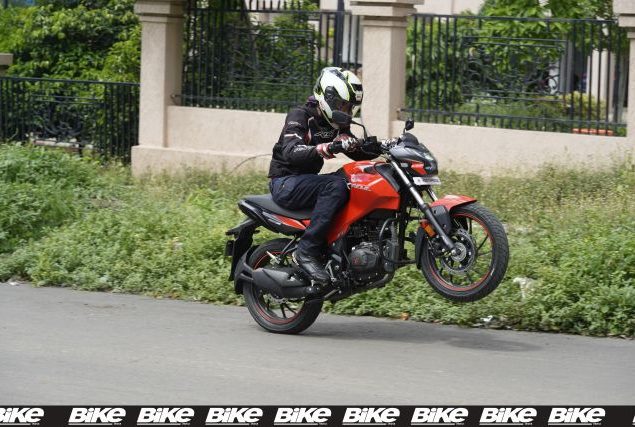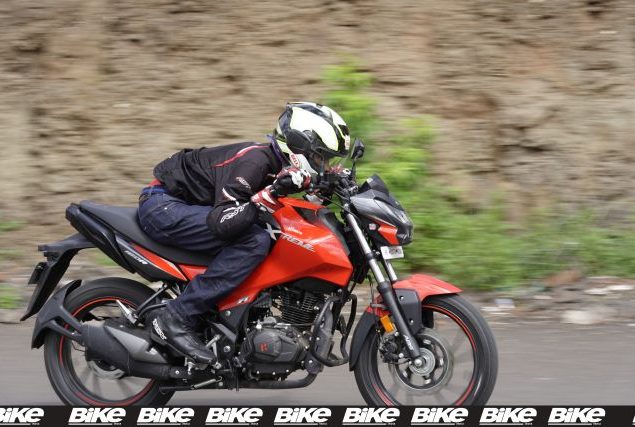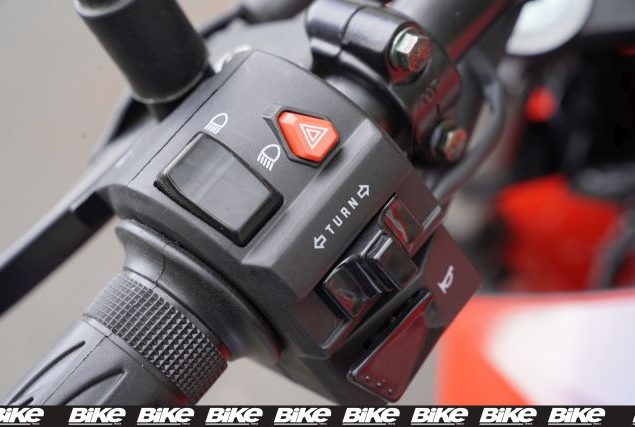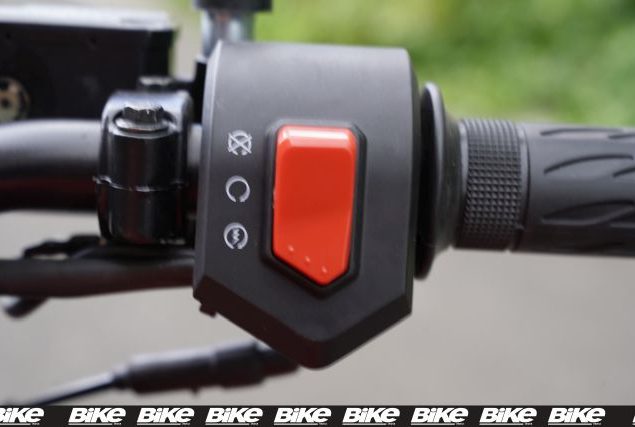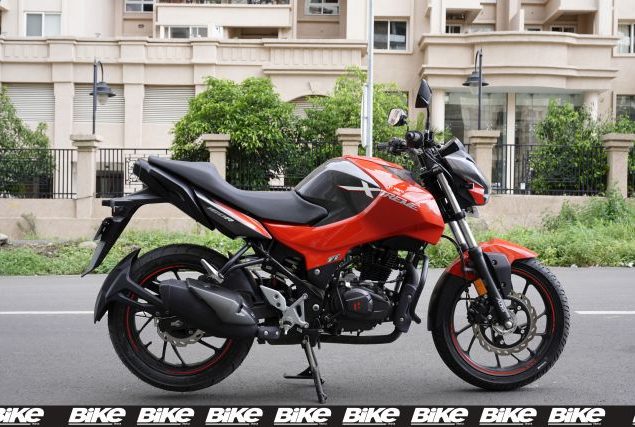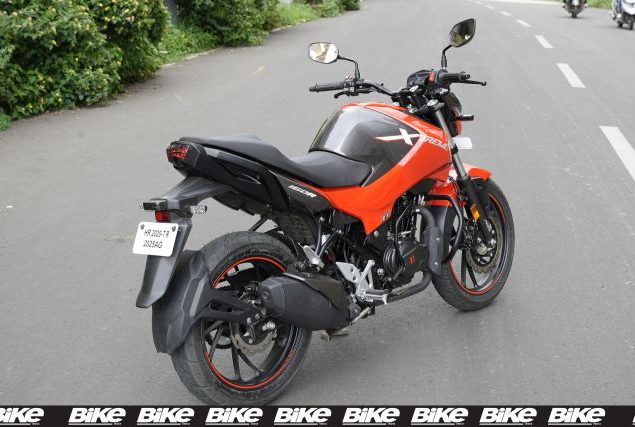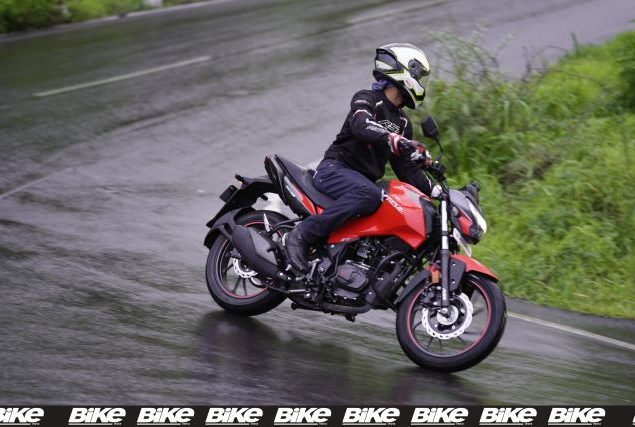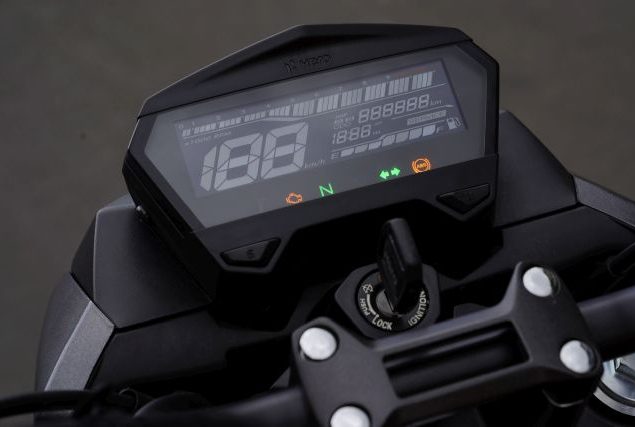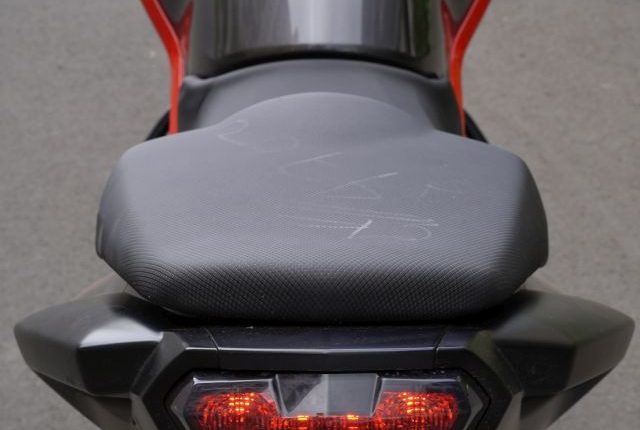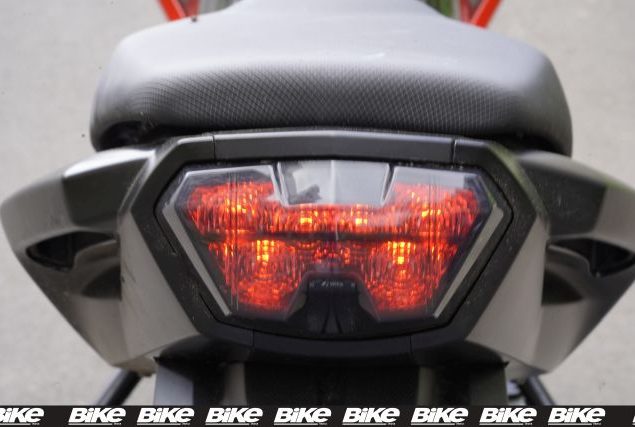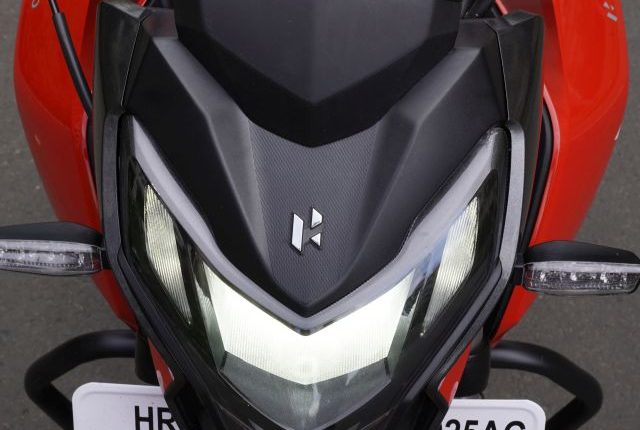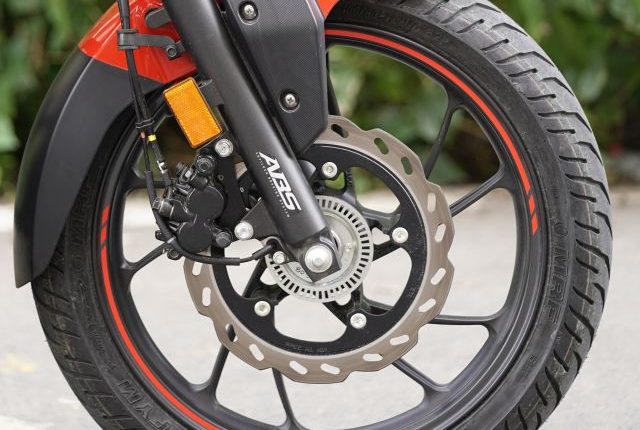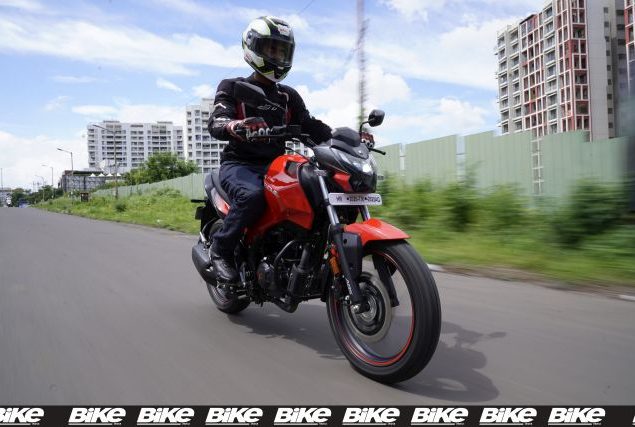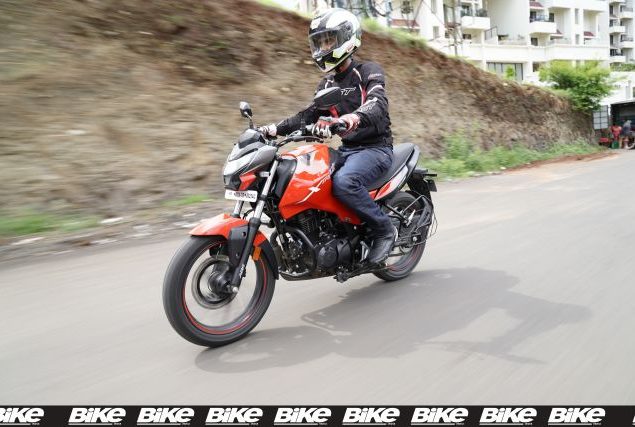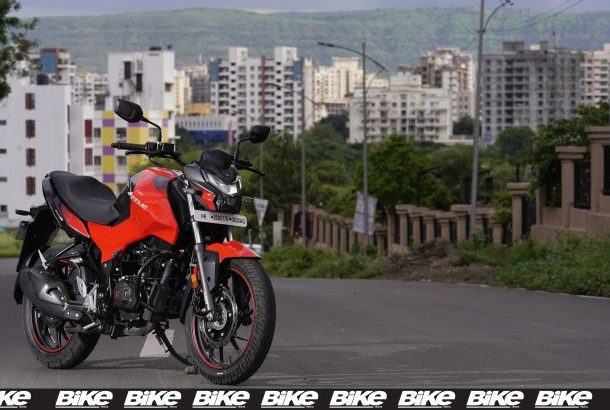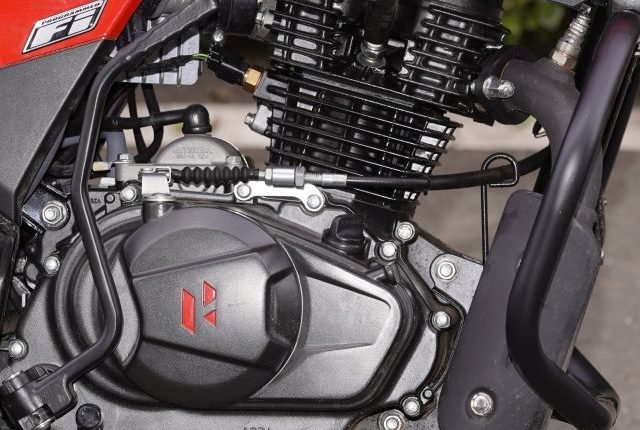We quickly decode the specifics of the Hero Xtreme 160R to help you make an informed purchase.
Bike Reviews in India
BS6 TVS Apache RTR 200 4V Road test Review – The Best of Both Worlds
The BS6 TVS Apache RTR 200 4V was launched along with the BS6 RTR 160 4V a few months ago and now that the lockdown restrictions are gradually being eased, we got a chance to put it to the test on our roads.
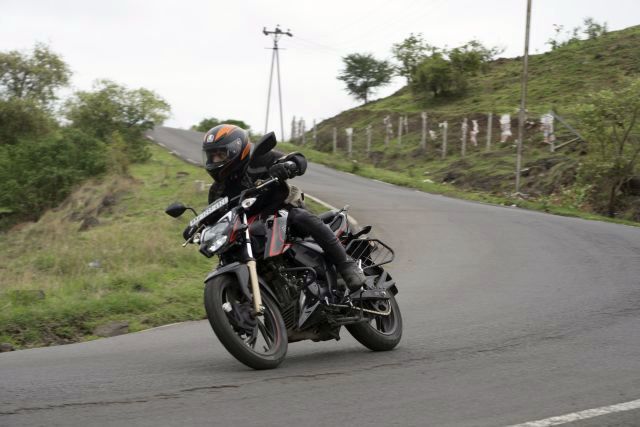
Story: Azaman Chothia
Photography: Saurabh Botre
[Read more…] about BS6 TVS Apache RTR 200 4V Road test Review – The Best of Both Worlds
New Bajaj Dominar 250 BS6 Road Test Review
Bajaj Dominar 250: Looking to trade in your old commuter for a modern tourer without burning a hole in your pocket? Bajaj Auto might have the answer.
[Read more…] about New Bajaj Dominar 250 BS6 Road Test Review
Royal Enfield Himalayan BS-VI – The Cleaner Himalayan
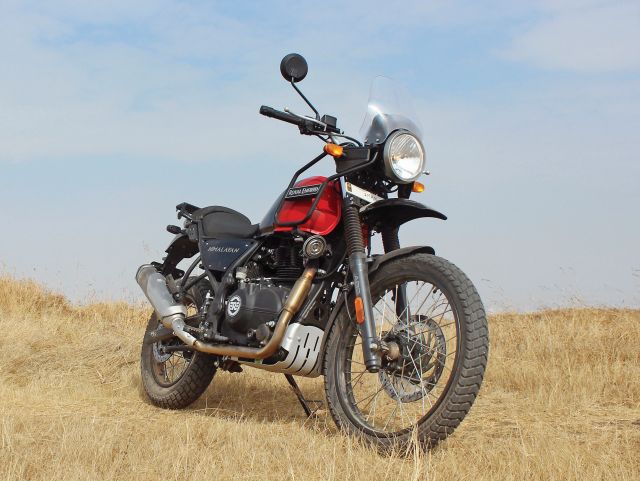
We always say that motorcycling is the best and most pleasurable way to explore this world. Motorcycle companies have agreed and today we have a large number of bikes that are made for the job. [Read more…] about Royal Enfield Himalayan BS-VI – The Cleaner Himalayan
KTM 390 Duke First Ride Review: Third Time Around
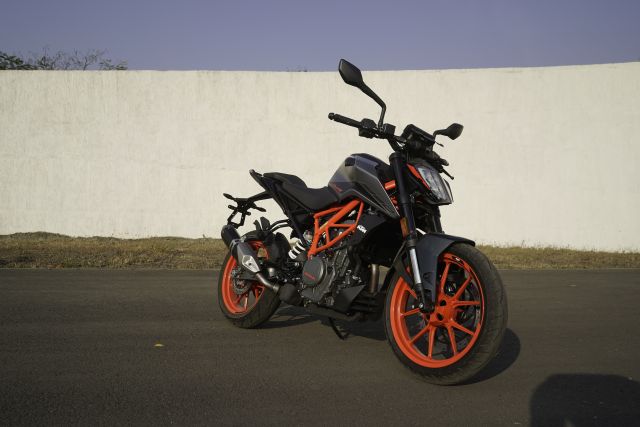
The third iteration of the KTM 390 Duke is here, boasting BS6-compliance, new colourways and the segment’s only quickshifter. We head out to a top-secret test track and push it to the limit.
[Read more…] about KTM 390 Duke First Ride Review: Third Time Around

